Author: Ann
-

How CTOs are reducing IT costs through smarter IP lifecycle management
—
by
How CTOs are reducing IT costs through smarter IP lifecycle management <p data-header=”0″ data-textformat=”{"fgc":"rgb(0, 0, 0)","size":"12.00","type":"text"}” data-margin-bottom=”12pt” data-hd-info=”0″ data-line-height=”1.2″ data-doc-id=”7530429000003396031″ data-doc-type=”writer”>This guide provides a systematic overview of IP infrastructure, elucidates the role of IP addresses in enabling network connectivity, and emphasizes the significance of robust IP address management for the operation of contemporary networks.</p><p data-header=”0″…
-
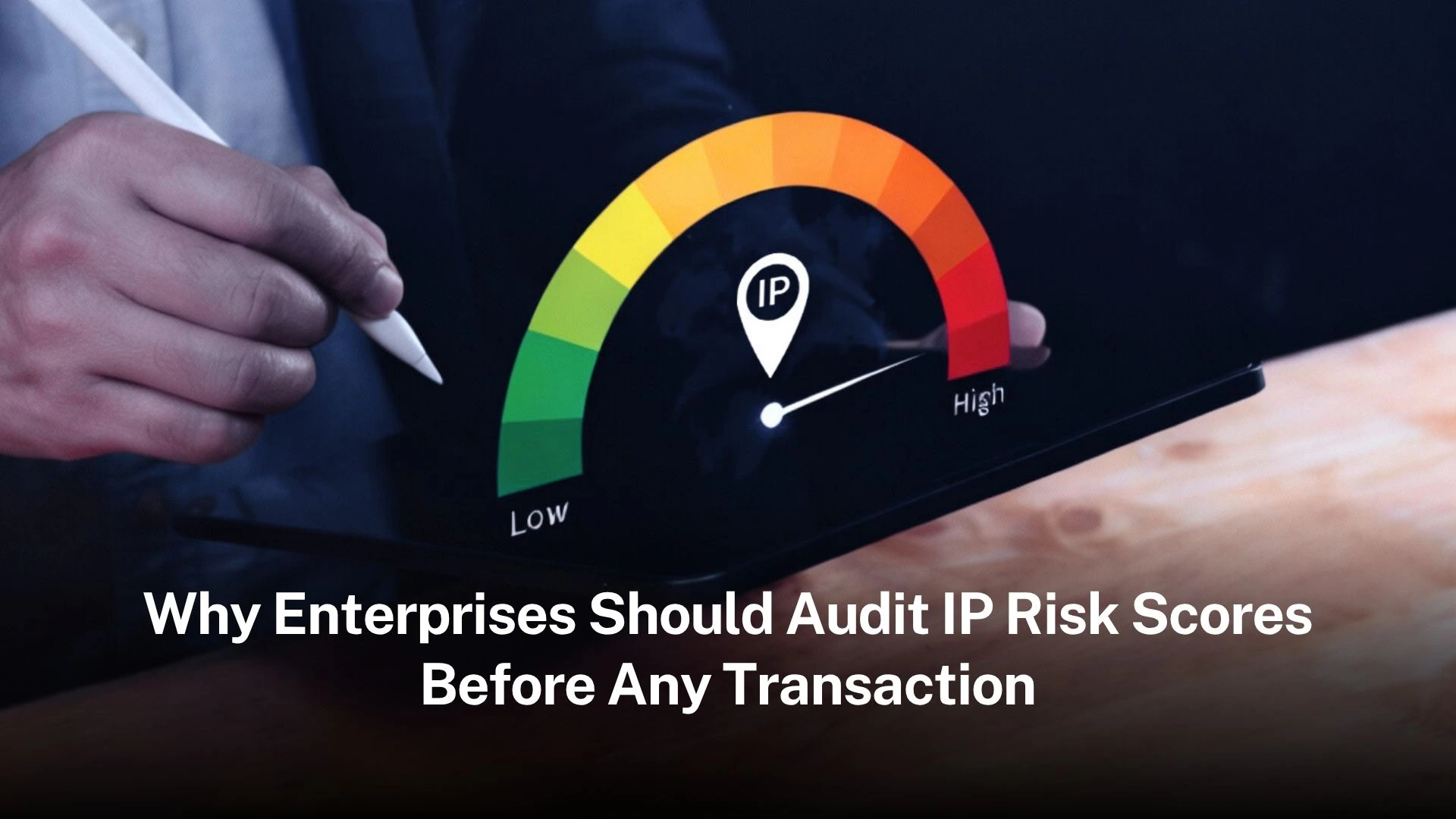
Why enterprises should audit IP risk scores before any transaction
—
by
Why enterprises should audit IP risk scores before any transaction <p data-header=”0″ data-textformat=”{"fgc":"rgb(0, 0, 0)","size":"11.00","type":"text"}” data-margin-bottom=”0pt” data-hd-info=”0″ data-line-height=”1.3″ data-doc-id=”7530429000003343009″ data-doc-type=”writer”>Cyber fraud continues to increase. Enterprises need to examine IP risk scores. This examination must occur before any transaction. The goal is to protect transactions from malicious actors. The goal is also to prevent large financial…
-
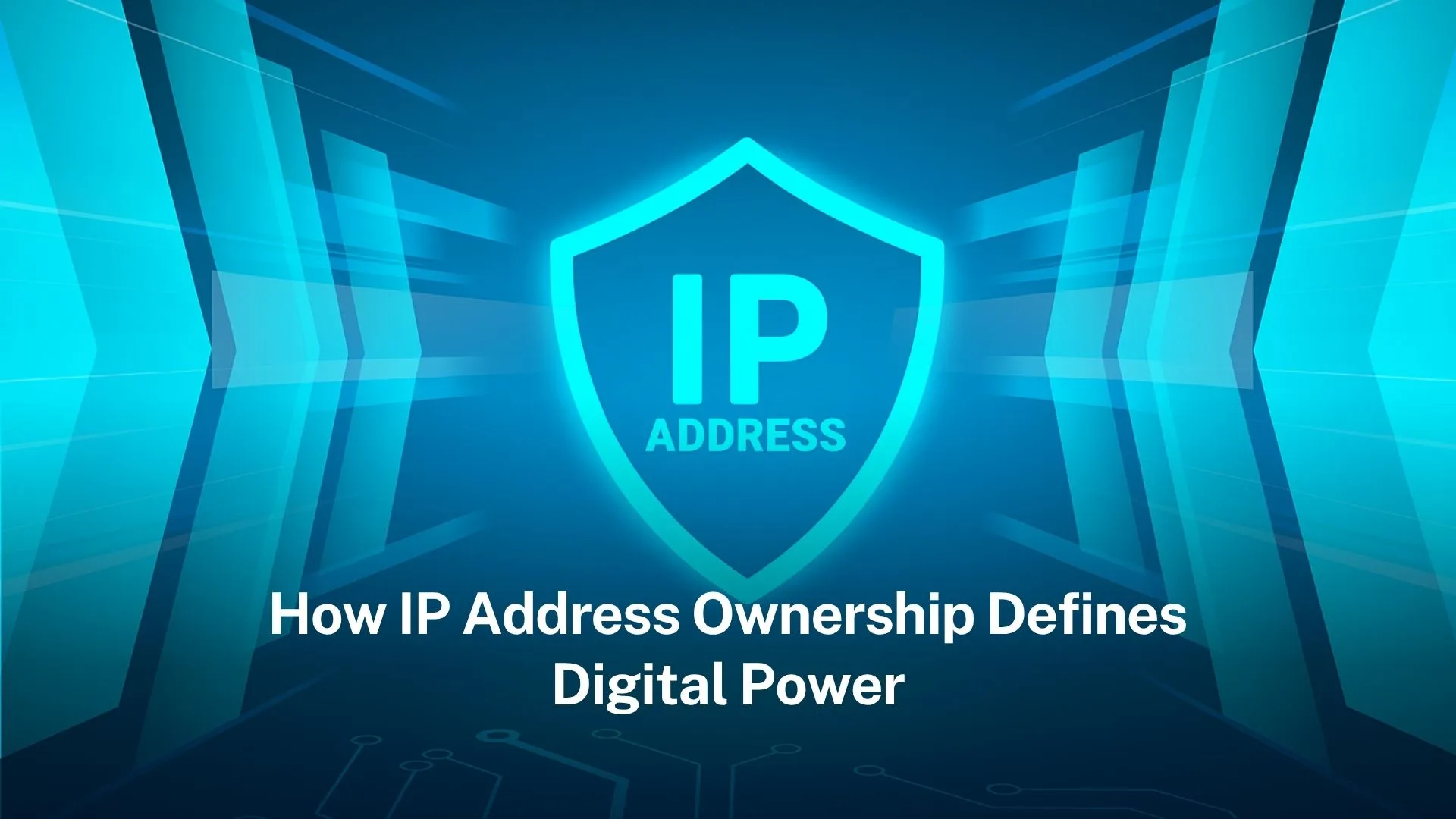
How IP address ownership defines digital power
—
by
Control over IP address distribution remains a key axis of influence. It operates within the digital ecosystem. It shapes access to the internet, impacts commercial activities, also defines network architecture. Ownership of large IP allocations continues to confer specific advantages. These advantages are operational. They are strategic. They are also economic. They apply in the…
-
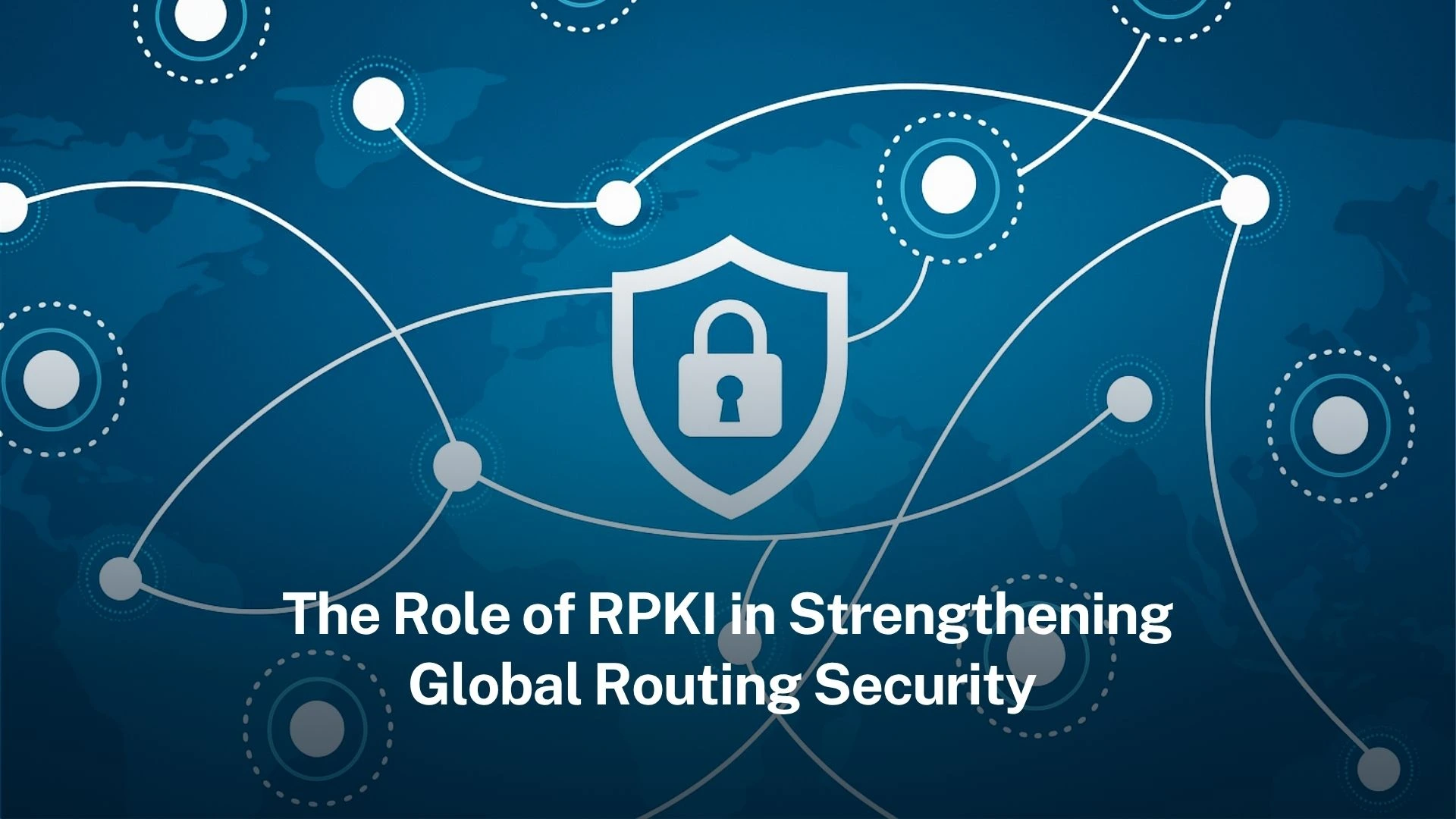
The Role of RPKI In Strengthening Global Routing Security
—
by
What is RPKI and why it matters <p data-header=”0″ data-textformat=”{"fw":"none","fgc":"rgb(0, 0, 0)","size":"12.00","type":"text"}” data-margin-bottom=”4.99pt” data-margin-top=”4.99pt” data-hd-info=”0″ data-line-height=”1.2″ data-doc-id=”7530429000003203001″ data-doc-type=”writer”>Traffic across networks on the internet is routed according to BGP (Border Gateway Protocol). BGP assumes that each Autonomous System (AS) is being honest about the IP prefixes it controls when advertising. That trust model is weak. Rogue announcements, misconfigurations…
-

Internet Governance Challenges in Emerging Economies
—
by
Infrastructure and digital divide challenges <p data-header=”0″ data-textformat=”{"fgc":"rgb(0, 0, 0)","size":"12.00","type":"text"}” data-margin-bottom=”0pt” data-hd-info=”0″ data-line-height=”1.2″ data-doc-id=”7530429000003221003″ data-doc-type=”writer”><a href=”https://btw.media/all/feature/what-is-internet-governance/”>Internet governance</a> is the development and application of shared principles, norms, rules, decision-making procedures, and programs that shape the evolution and use of the Internet. The challenges to developing countries are enormous and include the need to build infrastructure, laws, and institutions…
-
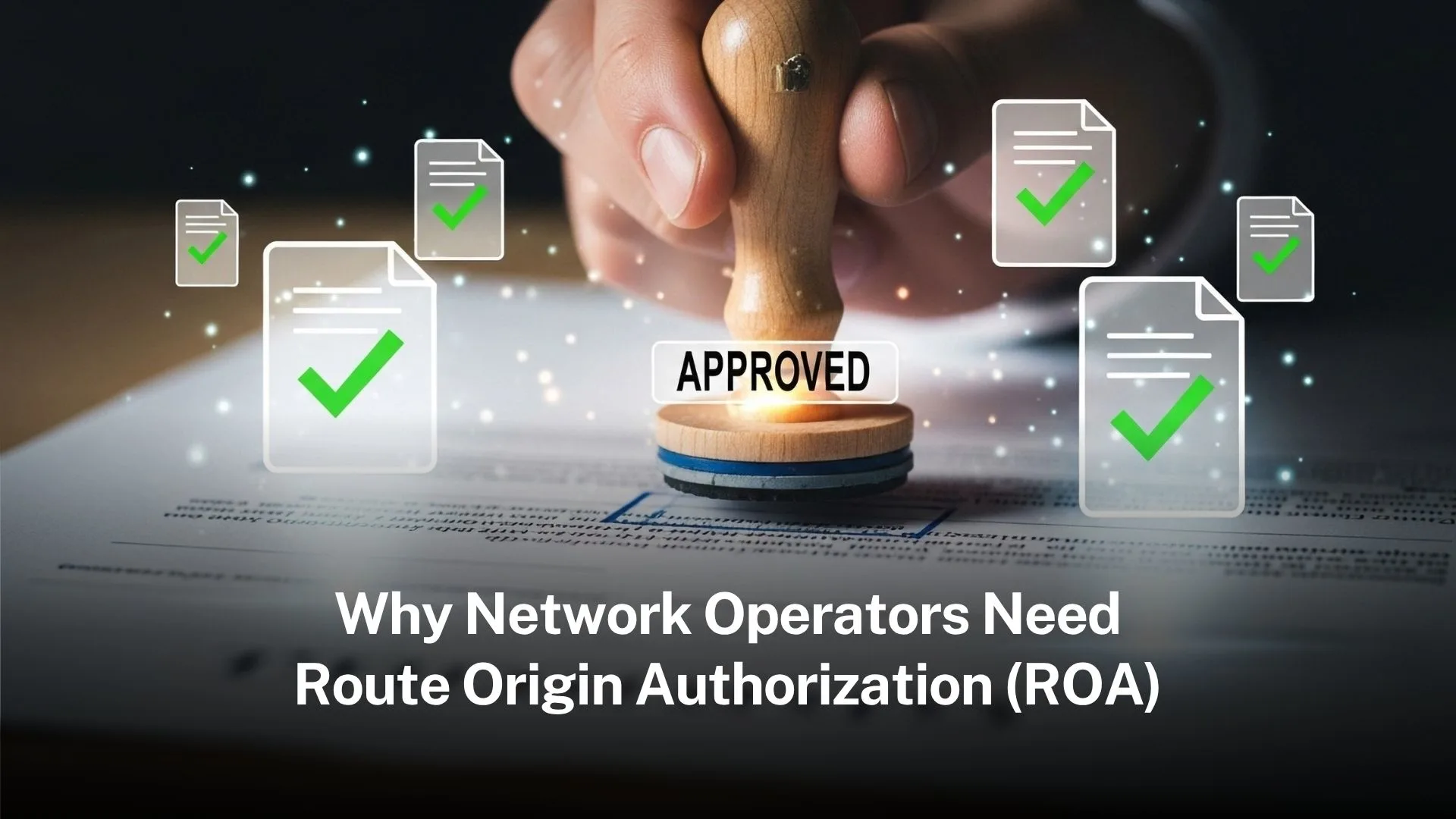
Why Network Operators Need Route Origin Authorization (ROA)
—
by
The internet moves because networks share routes. Each network tells others which paths lead to its addresses, and traffic follows those paths. For many years this sharing was based on trust alone. A network could say it owned a block, and the rest accepted it. In the early days this worked because the community was…
-
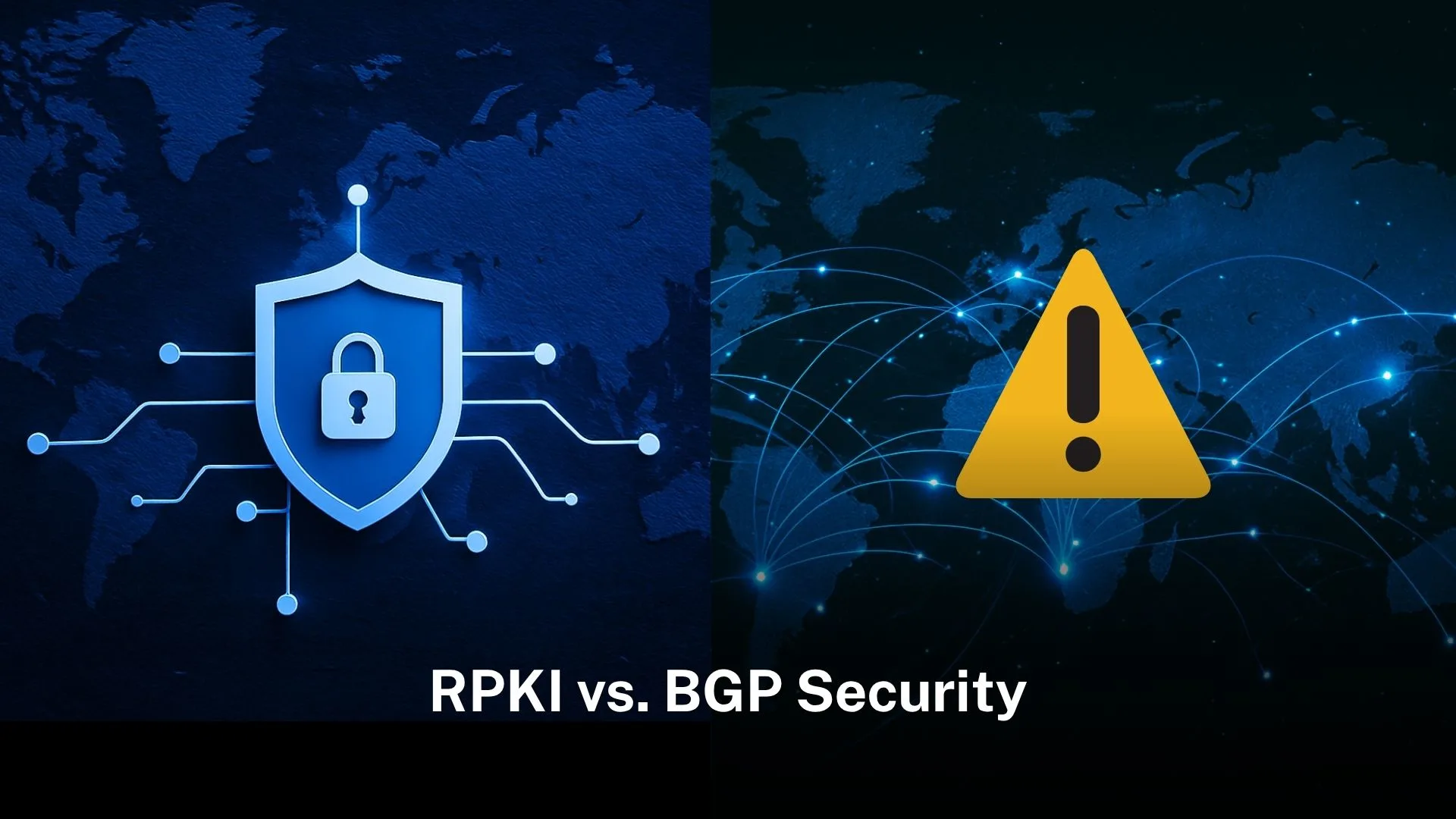
RPKI vs BGP security
—
by
The internet works because networks trust each other. BGP has weaknesses that can cause problems. RPKI helps make routing safer. It gives networks a way to check if announcements are real. Some networks use it, but not all. This article explains how BGP works, what RPKI does, and the issues operators face. The foundations of…
-
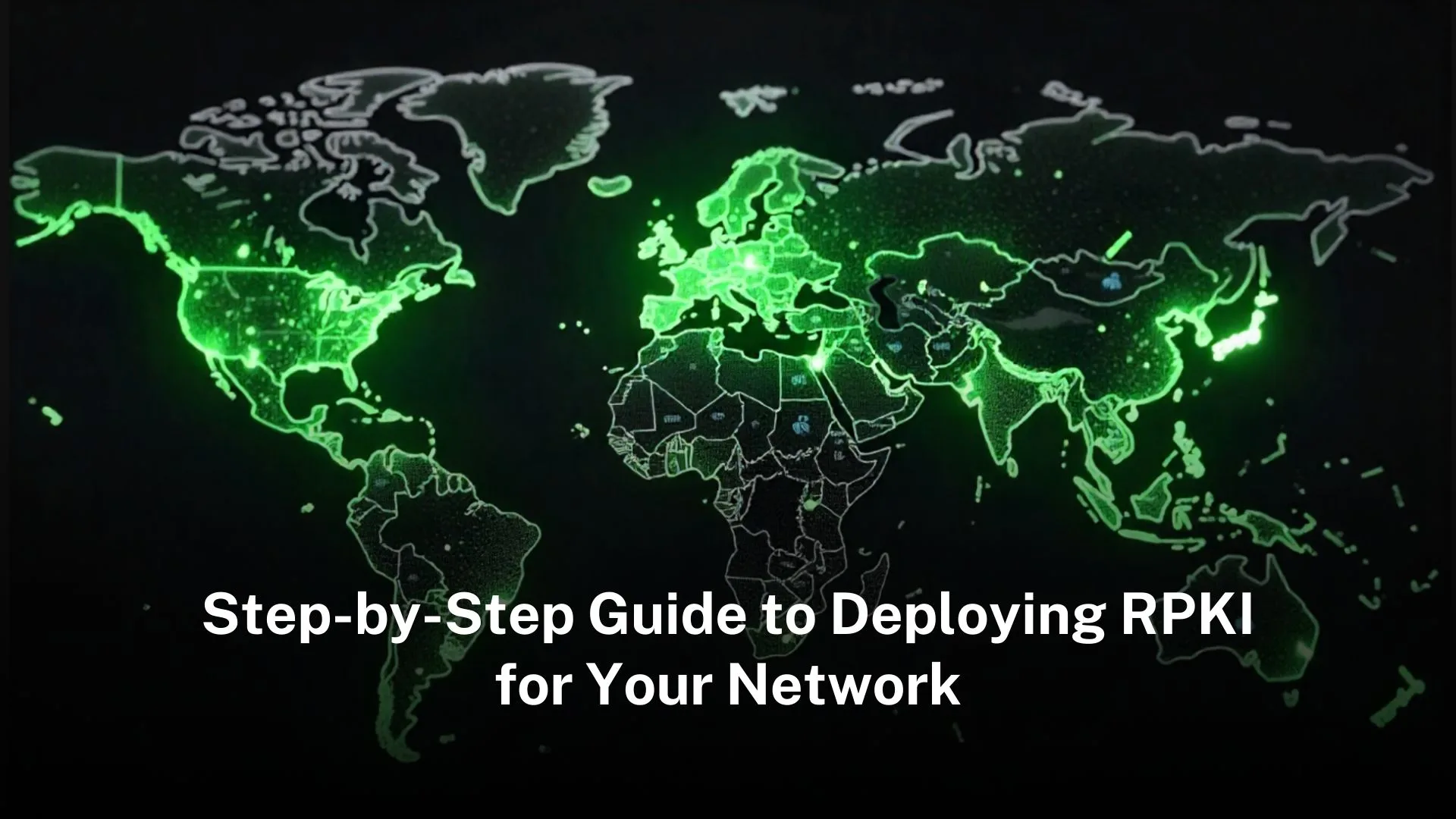
Step-by-Step Guide to Deploying RPKI for Your Network
—
by
The internet works because networks exchange information about where data should go. Each network tells others what addresses it can reach, and this is how packets move from one place to another. For many years this exchange was built only on trust. A network could say it controlled a block of addresses, and the rest…
-

How Resource Public Key Infrastructure Works
—
by
Resource Public Key Infrastructure (RPKI) improves BGP routing security by checking that route announcements come from the correct sources. This helps prevent hijacks and leaks and keeps the internet more stable. Introduction The Border Gateway Protocol (BGP) controls how data moves across the internet. It links many networks called Autonomous Systems (ASes). These networks can…



